Licensing 101 for Food & Beverage Brands
For many emerging food and beverage brands, securing a licensing partnership can be a game-changer. A well-executed brand licensing deal allows you to leverage an established brand’s recognition and trust, giving your product an edge in a crowded marketplace. But how does licensing work, and what should smaller food and beverage businesses know before diving in? Here’s a primer on brand licensing basics to help you navigate this lucrative opportunity.
What is Brand Licensing?
Brand licensing is a business arrangement where a brand owner (licensor) grants another company (licensee) the right to use its name, logo, or intellectual property on a product in exchange for royalties or other fees. In the food and beverage industry, this often means using a well-known brand’s name or signature flavoring to enhance your product’s appeal.
Benefits of Brand Licensing for Food & Beverage Startups
Instant Consumer Trust – Partnering with a recognizable brand builds credibility and helps consumers feel more comfortable trying your product.
Market Differentiation – Licensing allows you to stand out from competitors by offering unique, co-branded products.
Expanded Distribution – Retailers and distributors are often more inclined to stock a product associated with a trusted brand.
Marketing Leverage – Licensed brands often come with built-in marketing support and consumer recognition, reducing your need to educate new audiences from scratch.
Faster Growth – Leveraging an established brand can accelerate your path to market success and higher sales.
Key Considerations Before Entering a Licensing Agreement
Choose the Right Brand – The brand you partner with should align with your product and target audience. A mismatch can confuse consumers and hurt sales.
Understand the Costs – Licensing agreements typically include upfront fees, royalty payments, and potential marketing commitments. Be sure to evaluate whether the financial terms work for your business model.
Ensure Product Compatibility – Some brands have strict quality and ingredient requirements. Make sure your product meets their standards before pursuing a deal.
Negotiate Favorable Terms – Define the scope of the license (geographic regions, product categories, duration) and ensure you’re not locked into an agreement that limits your future growth.
Know the Legal Obligations – Licensing agreements involve legal commitments related to branding, packaging, marketing, and sales. Working with an attorney experienced in brand licensing is highly recommended.
Success Stories in Food Licensing
Many brands have successfully leveraged licensing to create buzz and drive sales. Examples include:
OLD BAY Seasoned Snacks – A beloved spice brand extending into chips, popcorn, and other snack categories.
Frank’s RedHot Partnerships – Infusing the well-known hot sauce into a range of food products, from frozen appetizers to condiments.
Ben & Jerry’s Licensed Flavors – Collaborations with brands like Netflix for co-branded ice cream flavors.
Final Thoughts
Brand licensing can be a powerful tool for emerging food and beverage brands looking to accelerate growth. However, it requires careful planning, financial consideration, and strategic alignment with the right partner. By understanding the fundamentals and approaching licensing deals thoughtfully, you can unlock new market opportunities and scale your brand successfully.
Are you considering a brand licensing deal for your food product? Let’s discuss your strategy and find the right partnership for success!
